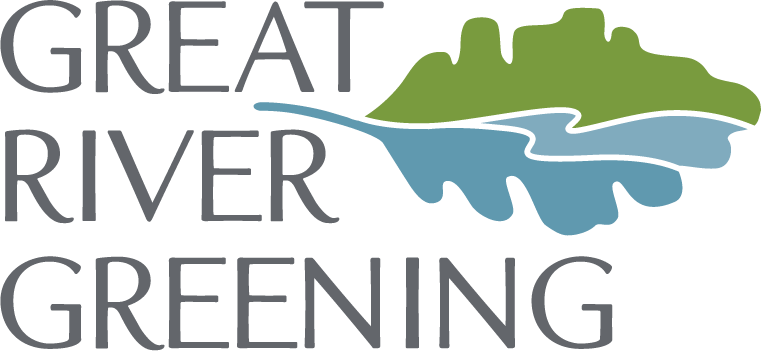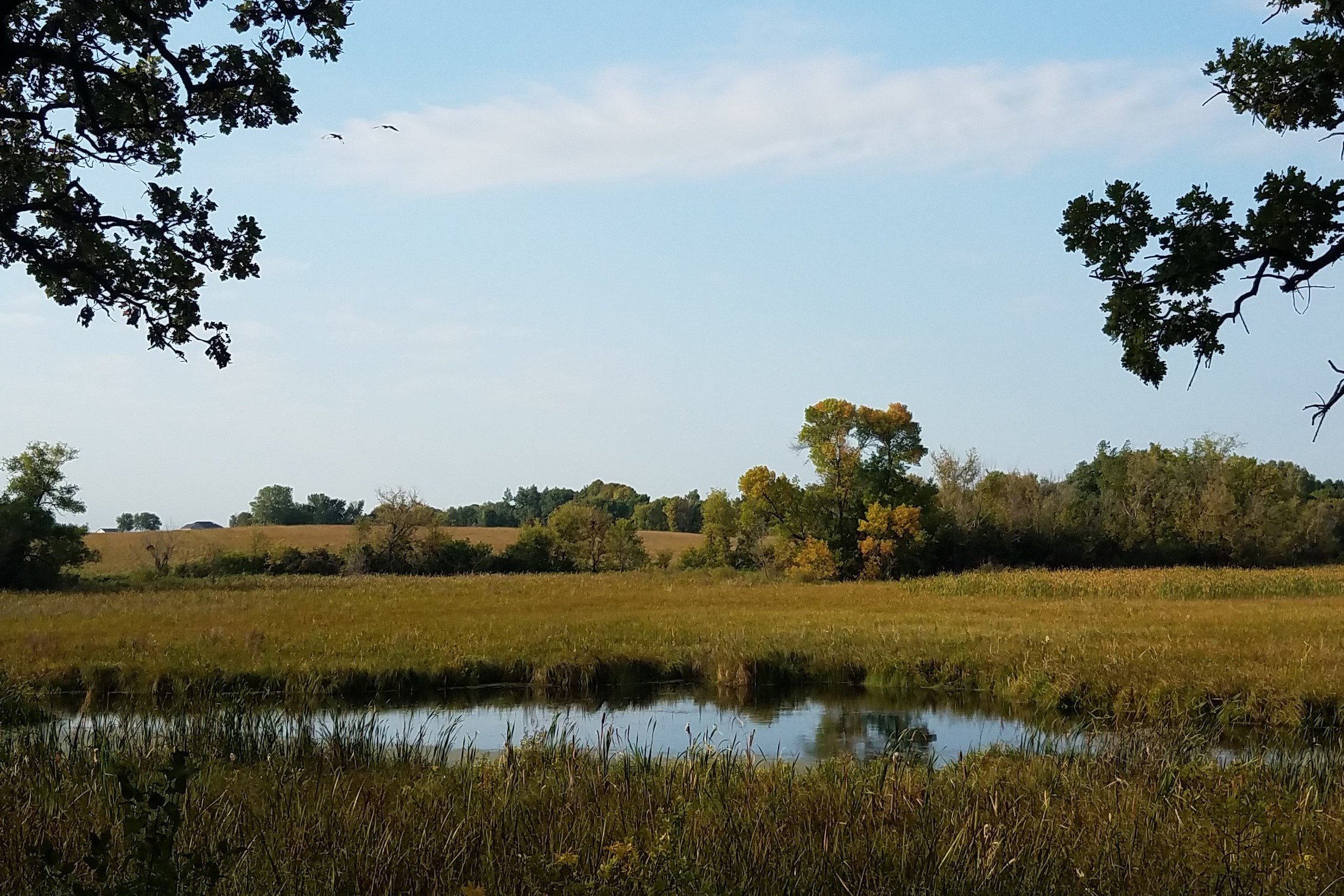Great River Greening’s Bold Vision to Combat Climate Change in Minnesota
According to the Intergovernmental Panel on Climate Change, without urgent action to decrease greenhouse gas emissions by 2030 global warming will surpass that critical threshold of 1.5°C in the following decades, leading to irreversible loss of ecosystems, and crisis after crisis for the most vulnerable people and societies.
Which is why in 2023, Great River Greening is launching a bold new vision for our work.
The goal?
To mitigate the effects of climate change in Minnesota and restore, adapt, and sustainably manage our shared natural resources and habitats.
Climate Change in Minnesota
Each of us already experiences the effects of climate change in Minnesota in a number of ways. Our state is getting warmer and wetter, leading to more extreme weather. Planting zones are shifting, impacting the health of habitats throughout Minnesota. Other impacts include the increased risk of disease and pest infestations.
To protect Minnesota’s natural resources and habitats, we must take bold steps now to make a meaningful impact in this decade.
Nature-based Climate Solutions ground Great River Greening’s Strategic Vision for 2030
Great River Greening’s vision for 2030 is healthy, climate change- resilient ecosystems throughout Minnesota.
Since 1995, Great River Greening has restored and conserved land and water in Minnesota. Our work is known within the scientific community as nature-based climate solutions. “Natural climate solutions are conservation, restoration and improved land management actions that increase carbon storage or avoid greenhouse gas emissions in landscapes and wetlands.”* And this is a powerful tool.
According to research led by The Nature Conservancy and 15 other institutions published in the Proceedings of the National Academy of Sciences, nature-based solutions can provide up to 37% of the emission reductions needed by 2030 to keep global temperature increases under 2°C—30% more than previously estimated.
Our land-based restoration has been part of the climate change solution in Minnesota for decades—whether it be through the regreening of our urban parks, expanding tree canopies and pollinator habitats, building partnerships around sustainable agriculture practices, or inspiring shared stewardship.
Our Future Impact
Our 2030 Vision’s commitment to nature-based climate solutions will help restore, adapt, and sustainably manage healthy, adaptive habitats that can withstand the effects of climate change and will have an enormous impact for wildlife, pollinators, plants, and people in Minnesota.
With our new, long-term vision, we will lean into the practices and projects that can truly impact our shared climate future. Going forward, Great River Greening’s land-based restoration will center on three pillars of impact:
Restoring resilient landscapes
Addressing critical biodiversity loss
Increasing carbon sequestration and storage
We are focused on both mitigating the effects of climate change and adapting our shared green spaces for resilience in a new climate future.
Together
Environmental stewardship of the land we restore is one of Great River Greening's core commitments. We partner with the communities we serve to increase environmental connection, teach environmental restoration, and ultimately empower committed individuals to join us in caring for our shared natural resources.
We need your help!
Climate change is the greatest challenge, and greatest opportunity, of this decade. It is critically important that we act now to restore, adapt, and sustainably manage healthy, resilient ecosystems throughout Minnesota that will withstand the effects of climate change. But we can’t do this work alone!
So, partner with us. Support this work. Volunteer. Together, we can work to achieve Great River Greening’s vision of healthy, climate change resilient ecosystems throughout Minnesota.
Photo Descriptions/Credits:
Trees & Sky: Cloudy sky over trees at Fish Creek (Bruce Nimmer, 2016).
Wetland: Two sandhill cranes fly over a marsh at (Future) Doyle-Kennefick Regional Park (Becca Tucker).
Bee: A bumblebee hovers over a native prairie plant at Spring Lake Regional Park (Amy Kilgore, 2022).
*Source: “What are natural climate solutions?” The Nature Conservancy



